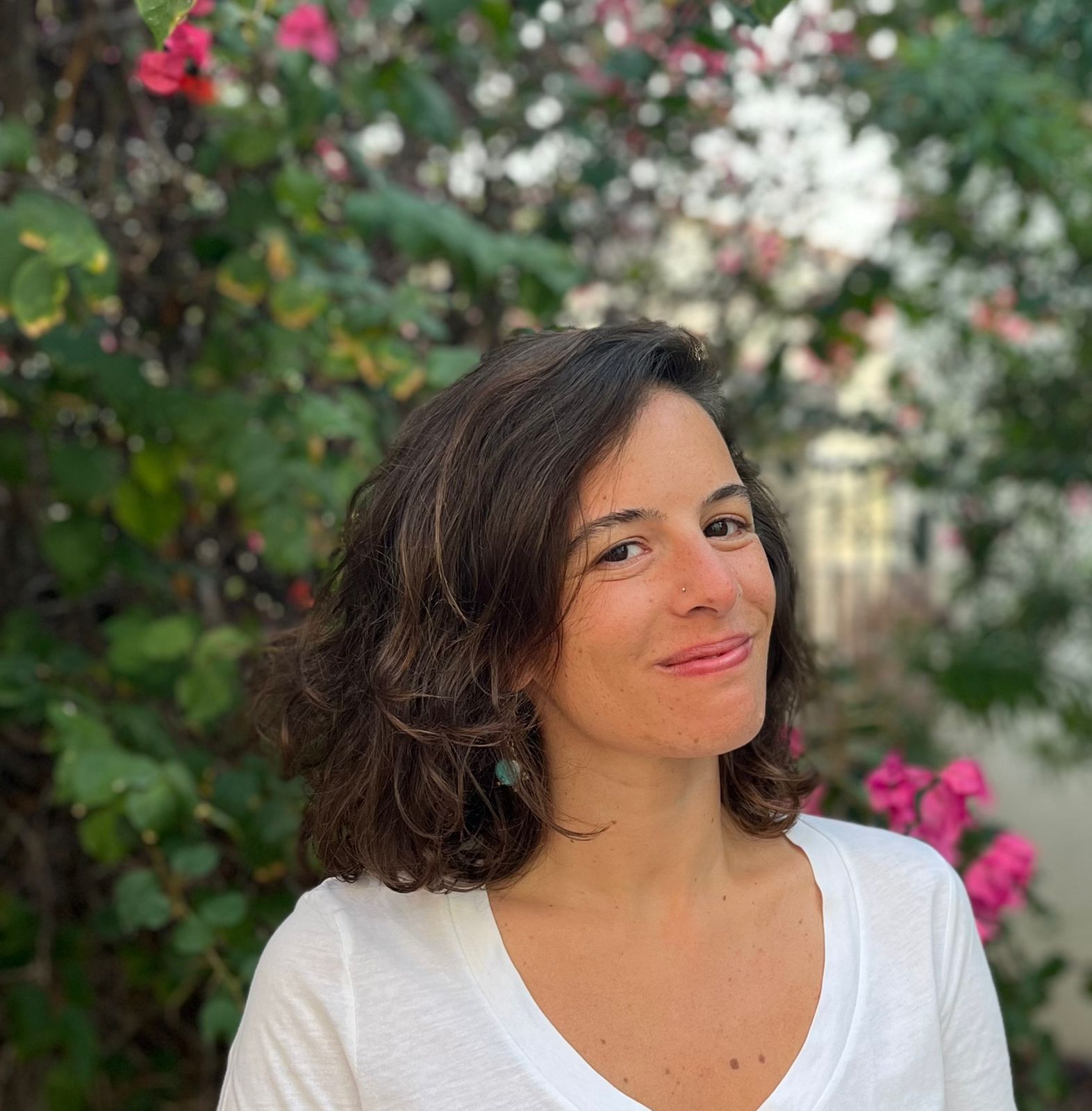2021
Project: Visual (Hi)stories of Diaspora: MENA Graphic Narratives Present and Future
Dr. Rasha Chatta
(Postdoc, Europa im Nahen Osten – Der Nahe Osten in Europa (EUME), Freie Universität Berlin/ Germany)
Rasha Chatta is a comparative literary and cultural studies scholar and has held teaching positions at SOAS, Bard College Berlin, and NYU London. She received her PhD in Cultural, Literary, and Postcolonial Studies from SOAS, University of London. She has published essays on migrant literary theory, Arab diasporic literatures and cultures, and Arab comics in venues such as The Sage Handbook of Media and Migration, Diasporic Constructions of Home and Belonging, the Literary Encyclopedia amongst others. Her research interests include visual aesthetics and memory, approaches to world literature, Arab migrant and diasporic literatures, ‘alternative’ archives, and war literature with a focus on Lebanon and Syria. She is currently completing her first monograph on Arab comics and migration. Rasha was a EUME Fellow between 2017 and 2021, and has held affiliations with the Freie Universität Berlin and the American University of Beirut. She serves as Chair of the MLA’s Global Arab and Arab American Forum.

Project Aesthetics & Cultural Practice
This project proposes a pioneering study of contemporary Arab Middle Eastern and North African (MENA) migration to Europe as represented in a corpus of 150 hitherto unexamined graphic narratives. Arab graphic narratives have powerfully developed into an aesthetically and culturally significant literary and artistic practice since 2010 in the wake of the Arab Spring, both in the MENA and in diaspora. Envisaged as the first extensive study to address migration in graphic narratives, ‘Visual (Hi)stories of Diaspora’ builds an interdisciplinary and theoretically informed model through which to examine works that depict personal stories situated at the intersection of history and (auto)biography: the subjective representations and experiences of migration are linked to historical events and subsequent diasporic dispersions, while pointing to diverse negotiations and imaginations of alternative futures sketched through a variety of styles, both in the storytelling and narrative styles. The project is designed around two synchronous axes which underlie its comparative, cross-regional dimension: the first is focused on providing a contextual and an analytical frame to the emergence of a vibrant multi-generational Arab graphic narrative scene at ‘home’ and in diaspora, while the second traces their reception both in Europe and in the Arab MENA.
